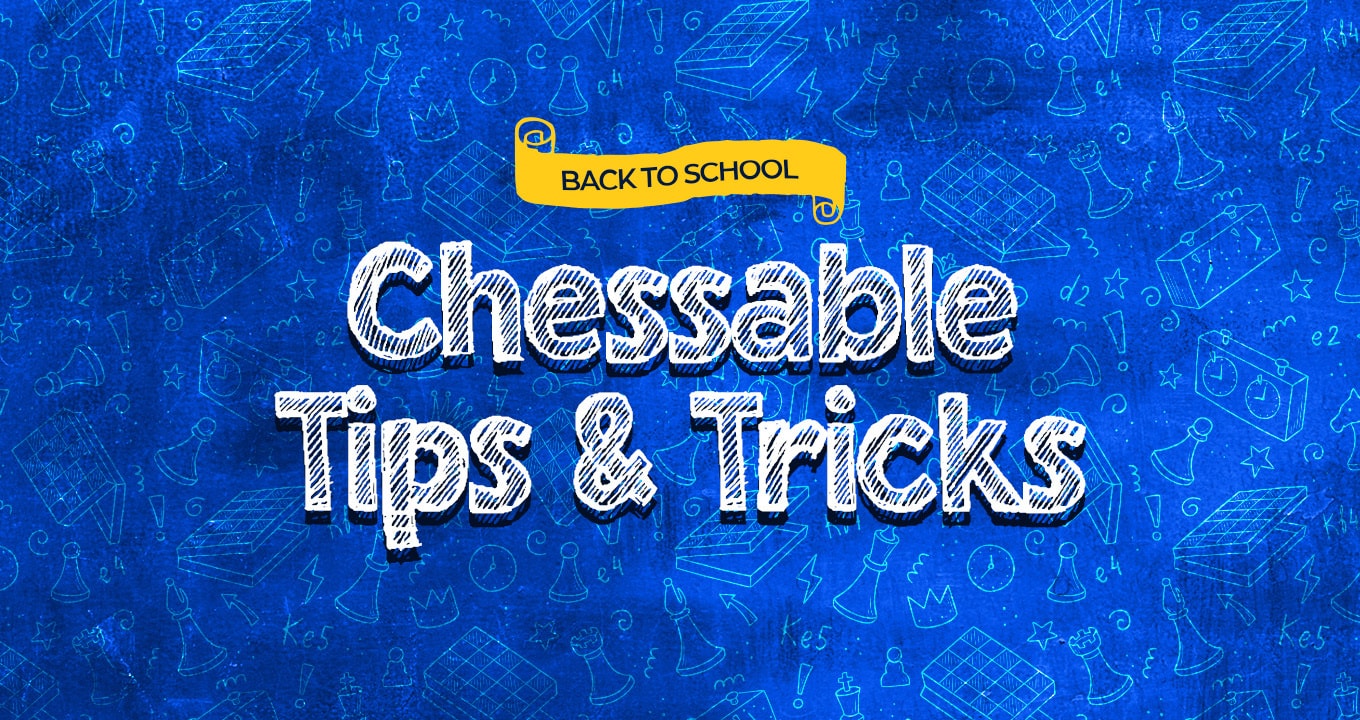This topic is something that all players with Black have to think about, especially when being forced to play for a win at more or less all costs.
Very broadly speaking, if Black wants to play for a win he has two general directions to choose from: he can try to equalise first and then outplay his opponent, or he can try to wrestle the initiative from White from the get-go.
Here I will discuss the second option. Before looking at the concrete lines that characterise the immediate crisis-provoking strategy, I’d like to note that the Sicilian is the best of both worlds. It is theoretically sound enough, and it introduces dynamism from the start. You already know my preference for the Najdorf and modern practice confirms that view. The only problem with the Najdorf is obviously the Moscow Variation 3.Bb5 and the other sidelines, but that is a different subject.
Let me now share a couple of ideas that I have about the more strategically risky ways Black may contemplate.
The first one is the Alekhine Defence. This defence used to be considered quite acceptable (even Fischer played it twice in a World Championship match!) but modern practice has shown that the knight on b6 is indeed a liability for Black. It is the main line with 4.Nf3 that poses the most problems and here I noticed a rare idea that may give Black practical chances. (The popular line 4.c4 Nb6 5.exd6
can be dealt with both 5…exd6 and 5…cxd6, depending on taste.)
After 4.Nf3 the interesting idea is 4…Nc6. This was played by Nakamura in online blitz chess, so while probably not entirely sound, it can serve as a good surprise weapon against an unprepared opponent. After the critical 5.c4 Nb6 6.e6 (6.exd6 exd6 transposes to the line 4.c4 Nb6 5.exd6 exd6) fxe6 7.Nc3 (or 7.Be3) e5 8.d5 Nd4 Black has good chances to obtain a dynamic position.
The second idea is the Pirc/Modern mix. These positions give great flexibility to Black because as early as move 1 he can vary his choice, starting with 1…g6 or 1…d6. This can also be handy against 1.d4 though in that case other transpositions after 2.c4 should be considered, while the KID remains a valid option. The only thing Black must be aware of in the move order is to perhaps try to avoid the system recently used by Carlsen, namely: 1.e4 g6 2.d4 Bg7 3.Nf3 d6 4.Bc4 and if 4…Nf6 then 5.Qe2, keeping the option to play c3. This system has proven to be very tough for Black.
To make it more problematic, there is only one way to avoid it and that is playing the Pirc directly by 1.e4 d6 2.d4 Nf6, forcing 3.Nc3. In recent practice White’s most critical set-ups against both the Modern and the Pirc have been the aggressive Austrian Attack (when White plays f4) and the systems with Be3 and then either f3 or Nf3, depending on Black’s set-up. There is quite a lot of theory involved in these lines, but the dynamism in Black’s position remains and if he survives the opening in decent shape he has good chances to take over the initiative later on. Needless to say, Black is obliged to study the theory in these lines closely as otherwise he may be blown off the board.
Against 1.d4 the most dynamic options are those involving the fianchetto of the dark-squared bishop and avoiding initial central confrontation. Unfortunately, the Benko Gambit and the Benoni can easily be defused if White plays Nf3 instead of d5. While I don’t believe very much in Black’s chances in the Modern when White plays with a full centre (1.d4 g6 2.c4 Bg7 3.e4), I think the KID is the best choice of what remains, even though the KID has its own problems. But we are looking for dynamism and we’re not afraid of problems, right?
As you can see, it is not easy to stir up trouble early on with Black. I hope these ideas at least provide some inspiration for when you need it.
Good luck!





